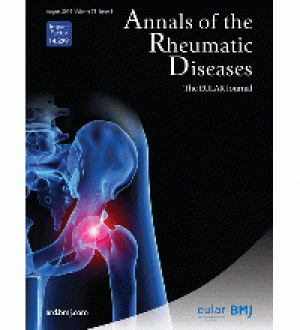

Цель исследования
Определить связь между употреблением ультрапереработанных продуктов (УПП) и риском развития системной красной волчанки (СКВ) среди женщин, участвовавших в Nurses Health Study (NHS).
Методы
В исследовании участвовали 204 175 женщин из двух когорт (NHS 1984–2016; NHSII 1991–2017). Каждые 2–4 года они заполняли анкеты о частоте потребления пищи. Уровень потребления УПП определялся по классификации Nova. Новые случаи СКВ подтверждались медицинскими записями. Для анализа использовались регрессии Кокса, учитывающие возраст, расу, питание, физическую активность, индекс массы тела (ИМТ) и другие факторы.
Результаты
Средний возраст женщин составлял около 50 лет (NHS) и 36 лет (NHSII). Было зафиксировано 212 новых случаев СКВ. Риск СКВ был выше у женщин с высоким потреблением УПП. Связь была более выраженной у женщин с положительными антителами к двуспиральной ДНК. Также риск СКВ был связан с употреблением подслащенных напитков. Взаимосвязи с индексом массы тела обнаружено не было.

Вывод
Высокое среднесуточное потребление ультрапереработанных продуктов связано с увеличением риска развития СКВ более чем на 50% и удвоение риска наличия антител к двуспиральной ДНК. Предполагается, что ультрапереработанные продукты могут усиливать системное воспаление и нарушать иммунный ответ.
Rossato, S., Oakes, E.G., Barbhaiya, M., Sparks, J.A., Malspeis, S., Willett, W.C., Khandpur, N. and Costenbader, K.H.
Arthritis Care & Research. 2024.
Ссылка на источник
DOI: 10.1002/acr.25395
Ultraprocessed food intake and risk of systemic lupus erythematosus among women observed in the Nurses’ Health Study Cohorts
Objective
We assessed ultraprocessed food (UPF) intake and systemic lupus erythematosus (SLE) incidence within the prospective Nurses’ Health Study (NHS) cohorts.
Methods
A total of 204,175 women were observed (NHS 1984–2016; NHSII 1991–2017). Semiquantitative food frequency questionnaires were completed every two to four years. UPF intake was determined as per the Nova classification. Nurses self-reported new doctor-diagnosed SLE, confirmed by medical records. Time-varying Cox regressions estimated hazard ratios (HRs; 95% confidence intervals [CIs]) for patients with incident SLE and SLE by anti–double-stranded DNA (dsDNA) antibody at diagnosis, according to cumulatively updated daily (a) UPF servings, (b) total intake (in grams and milliliters), and (c) percentage of total intake. Analyses adjusted for age, race, cohort, caloric and alcohol intakes, household income, smoking, body mass index (BMI), physical activity, menarchal age, and oral contraceptive use. We tested for interaction with BMI and examined UPF categories.
Results
Mean baseline age was ~50 years (NHS) and ~36 years (NHSII); 93% self-reported White race. A total of 212 patients with incident SLE were identified. SLE risk was higher in the third versus first UPF tertile (servings per day pooled multivariable [MV] HR 1.56, 95% CI 1.04–2.32; P = 0.03). Results were stronger for dsDNA antibody in patients with SLE (servings per day pooled MV HR 2.05, 95% CI 1.15–3.65; P = 0.01) and for absolute (servings or total) than percentage of total intake. Sugar-sweetened/artificially sweetened beverages were associated with SLE risk (third vs first tertile MV HR 1.45, 95% CI 1.01–2.09). No BMI interactions were observed.
Conclusion
Higher cumulative average daily UPF intake was associated with >50% increased SLE risk and with doubled risk for anti-dsDNA antibody in patients with SLE. Many deleterious effects on systemic inflammation and immunity are postulated.






